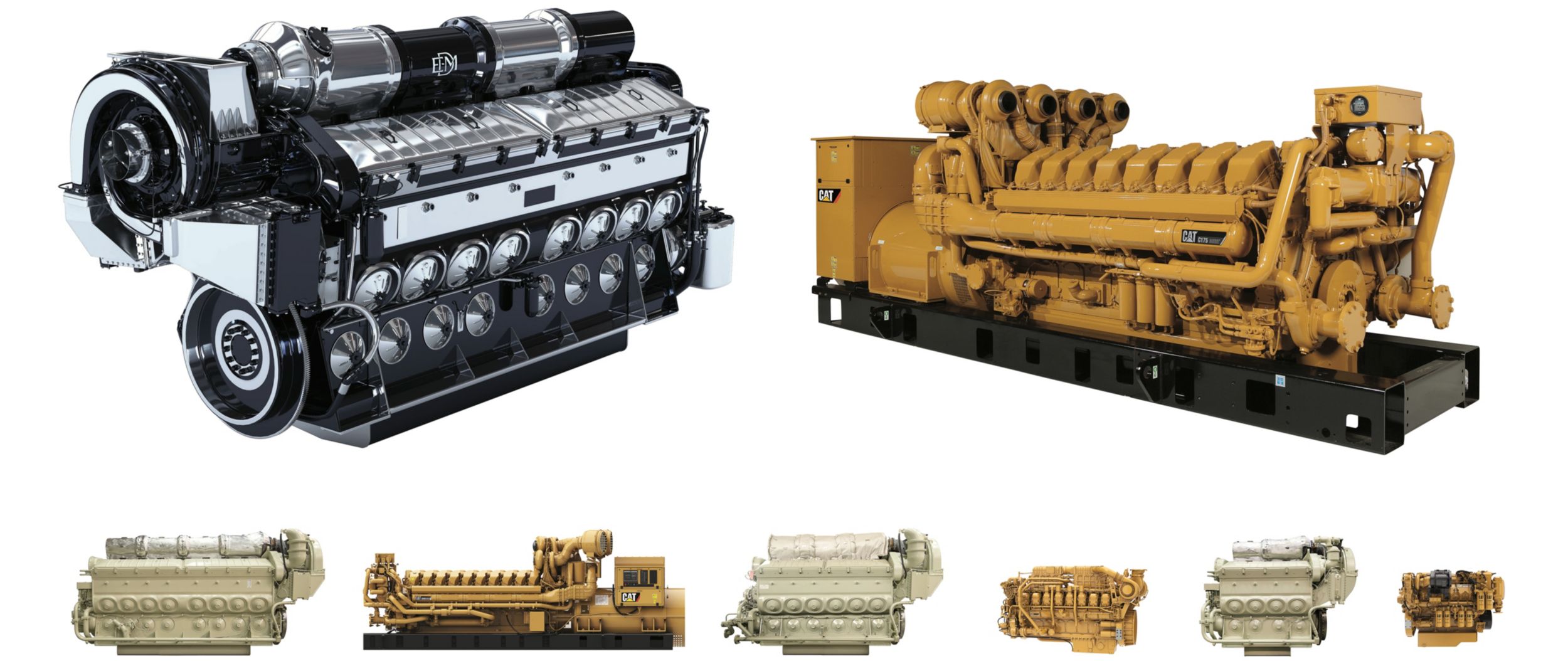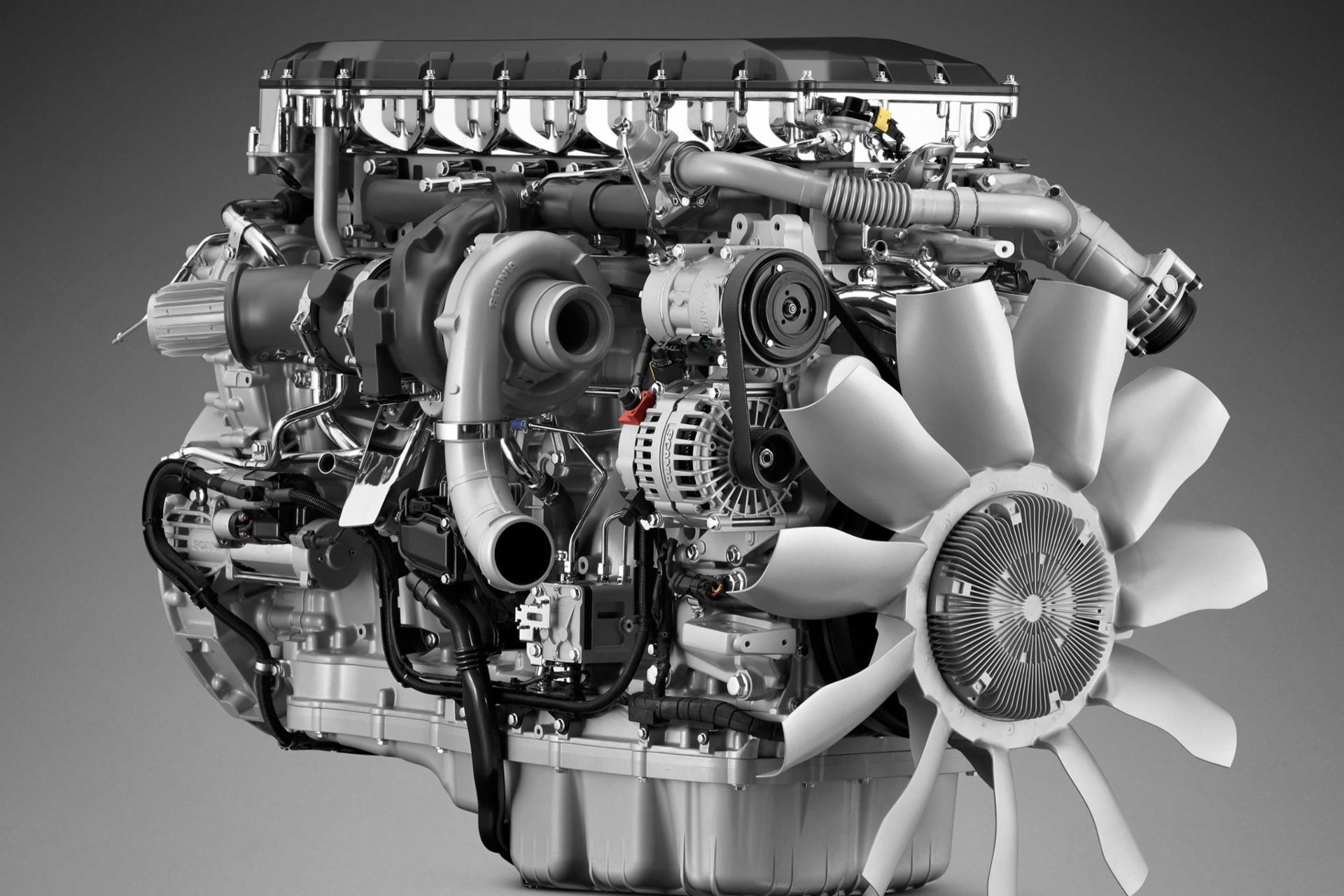The Quest for Ultimate Driving Power: Examining the Peak of Engine Performance and Technological Advancements in the Automotive Industry
In the world of automotive engineering, the pursuit of maximum driving power has been a relentless quest that has unfolded through the evolution of engine design and the integration of advanced modern technologies. From the thorough workmanship of burning engines to the fast improvements in electrical propulsion systems, the automotive sector stands at the cusp of a new age defined by unmatched performance capacities.
Evolution of Engine Layout

Additionally, the assimilation of turbocharging and supercharging innovations has actually revolutionized engine layout by boosting power without dramatically increasing engine size. These forced induction systems compress the consumption air, enabling more fuel to be ignited, therefore creating greater power outcome from a smaller sized engine. This development has been especially critical in enhancing the efficiency of smaller sized variation engines while maintaining fuel efficiency standards.

Performance-Enhancing Gas Technologies
The implementation of advanced gas technologies has actually significantly contributed to boosting engine efficiency in modern cars. From standard gas and diesel to ingenious biofuels, synthetic fuels, and hydrogen, the auto field is experiencing a change in gas choices. Biofuels, derived from renewable resources like sugarcane, corn, or algae, offer reduced exhausts and improved engine efficiency. Artificial gas, produced via chemical procedures, offer high octane scores, enhancing power output. Hydrogen gas cells, although still in the onset of adoption, show excellent assurance because of their zero-emission nature and possibility for high performance. In addition, gas additives and cleaning agents are being developed to tidy engine elements, maximize burning, and decrease rubbing, thus boosting general vehicle efficiency. With ongoing r & d, the quest for the utmost driving power continues, as engineers strive to unlock the complete potential of performance-enhancing gas technologies in the vehicle industry.
Advancements in Electric Propulsion
Considerable strides in electrical propulsion innovation have revolutionized the automotive market, leading the way for a new age of reliable and lasting transport. Electric lorries (EVs) are getting appeal due to their ecological benefits and advancements in battery technology, allowing longer driving varieties and much shorter charging times. Producers are investing heavily in research and growth to boost the efficiency of electrical propulsion systems, concentrating on boosting power outcome, improving power performance, and reducing total weight.
One noteworthy advancement in electric propulsion is the advancement of sophisticated electric motors that deliver greater torque and power density, causing enhanced acceleration and total driving efficiency. Additionally, regenerative braking systems have actually been refined to store and record energy throughout slowdown, more improving the efficiency of EVs.
Moreover, the assimilation of wise technologies, such as expert system and anticipating analytics, is optimizing the monitoring of electric propulsion systems, ensuring optimum performance under different driving conditions. These advancements in electric propulsion are look at here now improving the automobile landscape, driving the sector towards a much more sustainable and amazed future.
Impact of Computational Fluid Characteristics
With developments in electrical propulsion pushing the limits of automotive innovation, the assimilation of Computational Fluid Characteristics is playing a pivotal role in enhancing wind resistant performance and improving total efficiency in automobile style. Computational Fluid Characteristics (CFD) involves using computer system simulations to examine the circulation of air around a car, making it possible for engineers to anticipate exactly how layout modifications will certainly influence aerodynamics without the requirement for expensive physical models. By properly modeling air flow patterns, CFD enables for the improvement of lorry shapes to decrease drag, enhance air conditioning, and enhance security.
One secret advantage of making use of CFD in lorry design is the ability to iterate quickly, discovering countless design variations to identify the most aerodynamically reliable solutions. This iterative process results in vehicles that are not only sleeker and more visually attractive however likewise a lot more fuel-efficient and eco pleasant. CFD allows engineers to optimize airflow around parts such as radiators, engine bays, and wheel wells, adding to boosted efficiency and general driving experience. In final thought, the combination of Computational Fluid Dynamics stands for a significant action onward in the mission for supreme driving power and efficiency in over here the automotive sector.
Future Trends in Engine Innovation
In the vibrant landscape of automobile engineering, sophisticated improvements are shaping the future trajectory of engine technology. The future of engine style is marked by a solid emphasis on efficiency, efficiency, and sustainability. Producers are increasingly concentrating on developing engines that not only supply high power outputs yet also focus on environmental duty by improving and reducing exhausts fuel effectiveness.
One prominent pattern in engine technology is the rise of electrification. Hybrid and electrical powertrains are gaining grip as sensible alternatives to standard burning engines. These technologies use the potential for considerable decreases in carbon emissions and enhanced energy effectiveness, aligning with worldwide initiatives to battle climate change.
Moreover, innovations in materials scientific research and production techniques are making it possible for the production of lighter and much more resilient engine components. This shift in the direction of lightweight materials such as carbon fiber and aluminum alloys contributes to enhanced efficiency and fuel economic climate.
Final Thought
To conclude, the search of best driving power in the auto sector remains to drive improvements in engine layout, gas innovations, electric propulsion, and computational fluid dynamics. The evolution of these innovations is shaping the future of engine development, paving the way for more reliable and effective cars (engines for africa). As the market remains to press the borders of what is feasible, we can expect to see even more revolutionary developments in the mission for peak performance
One of the essential turning points in engine design advancement is the change from standard carbureted engines to contemporary fuel-injected systems. By precisely metering the gas distribution to each cyndrical tube, fuel-injected engines optimize burning, resulting in much better performance and lowered ecological impact.
Additionally, the integration of turbocharging and turbo charging innovations has actually changed engine style by enhancing power without substantially enhancing engine dimension (engines for africa).The application of advanced website link gas technologies has actually substantially contributed to boosting engine performance in modern-day cars. In addition, fuel ingredients and detergents are being developed to clean engine elements, enhance combustion, and minimize friction, therefore improving overall automobile efficiency
 Emilio Estevez Then & Now!
Emilio Estevez Then & Now! Ralph Macchio Then & Now!
Ralph Macchio Then & Now! Tiffany Trump Then & Now!
Tiffany Trump Then & Now! Rachael Leigh Cook Then & Now!
Rachael Leigh Cook Then & Now! Dawn Wells Then & Now!
Dawn Wells Then & Now!